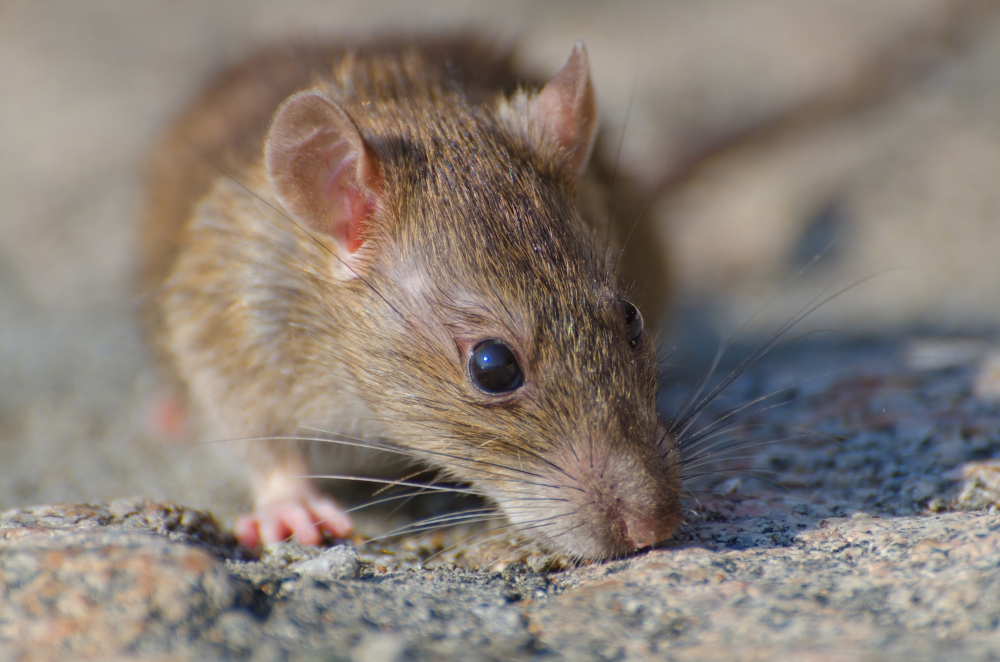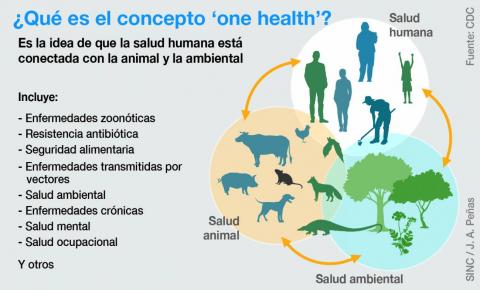12% of rodents harbour human pathogens
A review published in Science estimates that 2 % of rodent species are hyper-reservoirs, hosting and transmitting more than three pathogens to humans, including Lyme disease, Lassa fever and plague. In addition, the authors estimate that 10 % of rodents are reservoirs for one to three pathogens. These are especially so-called synanthropic species - animals that live close to humans and are able to adapt to these environments - such as black rats, Norway rats and house mice.

David González - roedores zoonosis EN
David González Barrio
Senior Scientist at the Special Pathogens Research and Reference Laboratory of the National Microbiology Centre of the Carlos III Health Institute
Rodents share habitats with humans all over the world, from farm fields to agricultural warehouses to the subsoil of cities. These common and undesirable small mammals also carry a large number of pathogens that affect humans, which is why these pathogens are referred to as zoonotic. Of the different groups of vertebrate animals that share pathogens with us, rodents are the most abundant and diverse, with hundreds of confirmed zoonotic pathogen species, some of which have an almost worldwide distribution. However, only 12 % of rodent species are sources of zoonotic pathogens. In this paper, the authors have shown different traits of rodents in the context of three emerging or re-emerging rodent-borne zoonotic diseases affecting humans: Lassa fever, Lyme disease and plague.
According to the authors, among the most characteristic features of rodents to be hosts and be able to transmit pathogens to humans are the high population densities that some rodent species can reach, as well as the population peaks that are favoured by easy access to food and favourable environmental conditions, together with the small size of these mammals and their generalist nature, thus occupying any habitat and being distributed over wide geographical areas.
The authors have appropriately chosen three pathogens for this review, representing a diversity of pathogen types and modes of transmission. In each case, they have rightly focused on the traits of the main rodent hosts, including synanthropy, as well as the host range of the pathogens, and have included the potential impact of global change factors, such as climate change and biodiversity loss. In relation to biodiversity, the authors note that areas of higher biodiversity may harbour more pathogens, however, the pathogen dilution effect that occurs in areas of high biodiversity has not been noted here: the pathogen is ‘diluted’ among the different species with which it comes into contact. By infecting an unsuitable host, where the pathogen does not thrive, the likelihood of spread is reduced, thus reducing the risk of coming into contact with the pathogen.
The authors rightly point out that care and conservation of biodiversity by reducing and mitigating global changes is a pending task to effectively prevent exposure to these and other rodent-borne zoonoses in the coming decades.
Felicia Keesing & Richard S. Ostfeld.
- Research article
- Review
- Peer reviewed



